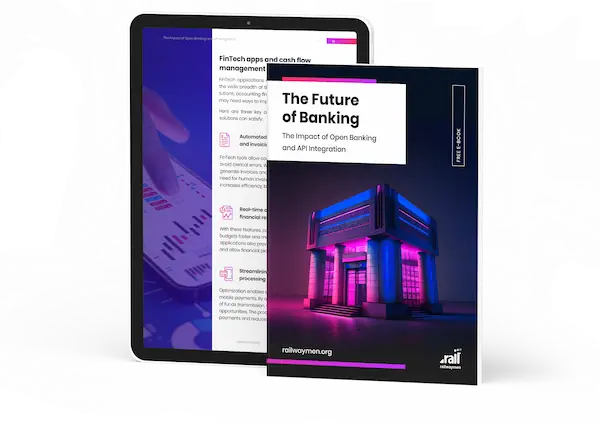The future of payments promises to be very exciting due to the many transformations the payments’ industry will experience in the near future. Transformation in this field is inevitable, due to the technological progress that has taken place lately. Today, payments are not just cash transfers, which was an obvious association until recently. The exchange of funds today uses the digital sphere for the most part, where more and more innovative payment methods can be found. What does the future hold in this area? What will be the trends in payments in the near future? I will try to answer these questions in the following text.
Table of Contents:
1. How are mobile payments changing the payments’ industry?
2. The convenience and security of future payments.
3. The adoption of cryptocurrencies.
4. The impact of blockchain technology on the payments industry.
5. Contactless payments as a combination of technology, mobility and convenience.
6. The emergence of Virtual and Augmented Reality.
7. What does the future hold for regulations of payments?
How are mobile payments changing the payments’ industry?
The driving force for the payments’ industry in today's world is the development and adoption of mobile devices. Today, it is hard to imagine smartphones without the ability to integrate with a bank account. Convenience and accompanying security make users more willing to use the benefits provided by technology than the resources of bills and coins. The forerunners of the payment trend are particularly Asian countries, where platforms such as Alipay and WeChat Pay are generating huge interest. Their users are using them to make a wide range of payments, from all kinds of bills to retail purchases.
The convenience and security of future payments
Among the most popular trends that will influence the future of payments is biometric authentication methods. User verification via fingerprints or facial recognition has until recently been viewed through the prism of science fiction films. Today, these methods are influencing a high level of security not only for handling devices, but also for all kinds of fund flows. The development of transactions using biometric methods will affect processing time, data security and convenience for each consumer.
The adoption of cryptocurrencies
Upcoming changes in payments are dictated by numerous technological and social trends. One such example is the growth of the cryptocurrency market, which has captured the attention of communities around the world in recent years. Although some cryptocurrencies such as Bitcoin have been around for more than a decade, their use as payment methods is still in its early stages. However, the increase in interest and the constant tracking of this market make the adaptation of cryptocurrencies as a means of payment seem like the not-too-distant future. Digital currencies have the potential to revolutionize the current perception of payments and set new rules for financial transactions.
The impact of blockchain technology on the payments industry
There has been much speculation about how blockchain technology will affect the future of payments. One thing is certain, Blockchain offers the possibility of a payments’ revolution by providing a secure and decentralized platform to conduct financial transactions. Relying on this modern solution represents an opportunity to eliminate all kinds of intermediaries in the form of banks and financial institutions. In this way, payments made would become faster, cheaper and at the same time more secure.
Contactless payments as a combination of technology, mobility and convenience
Contactless payments are further evidence of how much progress the world has made in terms of financial exchanges. Thanks to the development of technology and the use of payment cards or mobile devices, it is possible to make payments conveniently, quickly and, most importantly, securely. The trend is already growing in many countries, and its popularity is forecast to continue to spread in the coming years.
The emergence of Virtual and Augmented Reality
The use of virtual and augmented reality in the payments industry is another emerging trend that is worth noting. While these technologies are still in their infancy, they have the potential to revolutionize the way that we make payments. For example, virtual reality (VR) could be used to create immersive shopping experiences, while augmented reality (AR) could be used to provide a more interactive payment process. As virtual and augmented reality technologies continue to mature, they are expected to play a more significant role in the future of finance transactions.

What does the future hold for regulations of payments?
Arguably, one of the key factors in the upcoming development of payments will be the regulatory changes being made. Governments and regulators have been devoting themselves to payment industry issues for a long time. At the same time, they are using measures aimed at ensuring safety for consumers and stability for the industry as a whole. The European Union's Payment Services Directive (PSD2) is a model example. It is responsible for promoting the development of a single market for payment services within the EU. In addition, it is seen as hoping to change the existing payments landscape.
Conclusion
Overall, the future of payments looks set to be characterized by continued innovation and the increasing adoption of digital payment methods. With the proliferation of mobile devices and the rise of payment technologies such as biometric authentication and blockchain, the payments’ industry is undergoing a transformation that will shape the way that we make financial transactions in the future. If you want to know how Railwaymen is adapting to upcoming trends in our projects, then visit our Case Studies section, where we described the course of each of them.
CHECK OUT OUR CASE STUDIES
Stay ahead of the game: Download our latest e-book
In the fast-changing world of banking, it's important to stay on top of the latest trends and developments. The publication "The Future of Banking: The Impact of Open Banking and API Integration" we've compiled is a great resource to help you know what will help improve your business. With expert insights and real-life examples, you will gain a comprehensive understanding of how modern banking solutions are changing today's FinTech industry.
DOWNLOAD NOW


%20(1).jpg)



